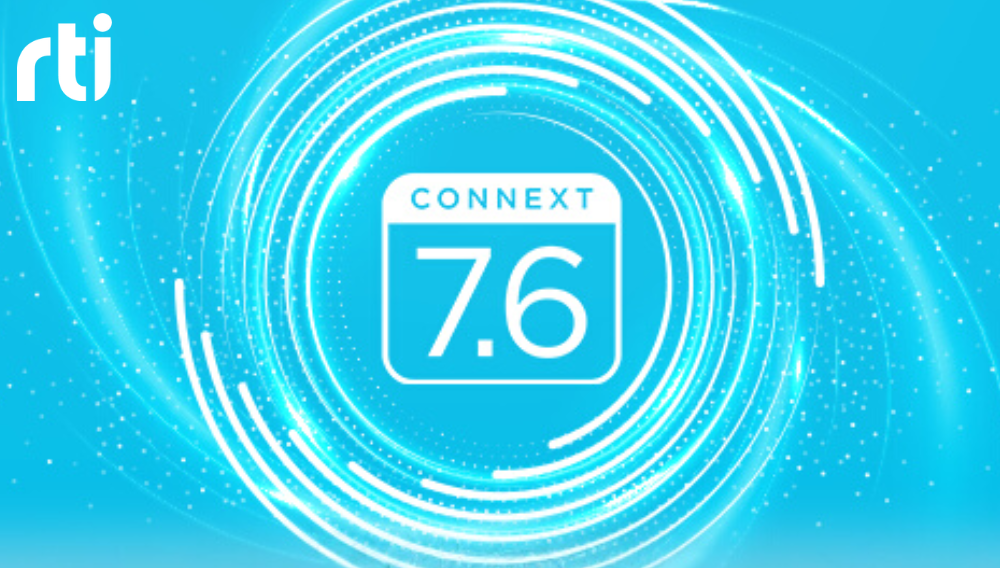
5 min read
The Digital Ecosystem Effect: 2025's Biggest Trends in Surgical Tech
The pace of innovation in surgical technology in 2025 is nothing short of transformative, as industry leaders continue to advance next-generation...
Read more ⇢RTI is the world’s largest DDS supplier and Connext is the most trusted software framework for critical systems.
|
From downloads to Hello World, we've got you covered. Find all of the tutorials, documentation, peer conversations and inspiration you need to get started using Connext today.
RTI provides a broad range of technical and high-level resources designed to assist in understanding industry applications, the RTI Connext product line and its underlying data-centric technology.
The monthly RTI Newsletter lets you in on what’s happening across all the industries that matter to RTI customers.
RTI is the software framework company for physical AI systems. RTI Connext delivers the reliability, security and performance essential for highly distributed autonomous and physical AI systems.
Your Systems. Working as One.

5 min read
The pace of innovation in surgical technology in 2025 is nothing short of transformative, as industry leaders continue to advance next-generation...
Read more ⇢
7 min read
When building any software system, choosing between fully custom “Roll Your Own” (RYO), open source software (OSS) and closed source (Commercial)...

3 min read
The Mission and the Clock Golden Dome has a clear objective: create an integrated homeland-defense architecture capable of detecting and defeating...

2 min read
As the traditional model of hardware-centric vehicles gives way to the era of software-defined vehicles (SDVs), software is taking the front seat in...

4 min read
Across industries, the world is rapidly transitioning to software-defined systems – from vehicles and medical devices to industrial equipment and...

3 min read
From vehicles and medical devices to industrial equipment and defense platforms, the shift to software-defined systems is already well underway. The...

4 min read
In today’s online world, cyber attacks are increasingly pervasive and disruptive to healthcare operations and patient care. And as MedTech devices...

3 min read
Navigating the Shift from Gigantic Models to Collaborative Intelligence For years, the pursuit of Artificial Intelligence has revolved around a...

4 min read
Meet Our Expert Hi, I'm Will, a Senior Application Engineer on the Professional Services team at Real-Time Innovations (RTI). I've been in this role...

2 min read
Today, physical intelligence is transforming industries and redefining possibilities. What’s driving this transformation? Pioneering infrastructure...
Connext is the world's leading implementation of the Data Distribution Service (DDS) standard for Real-Time Systems. Try a fully-functional version of Connext for free.